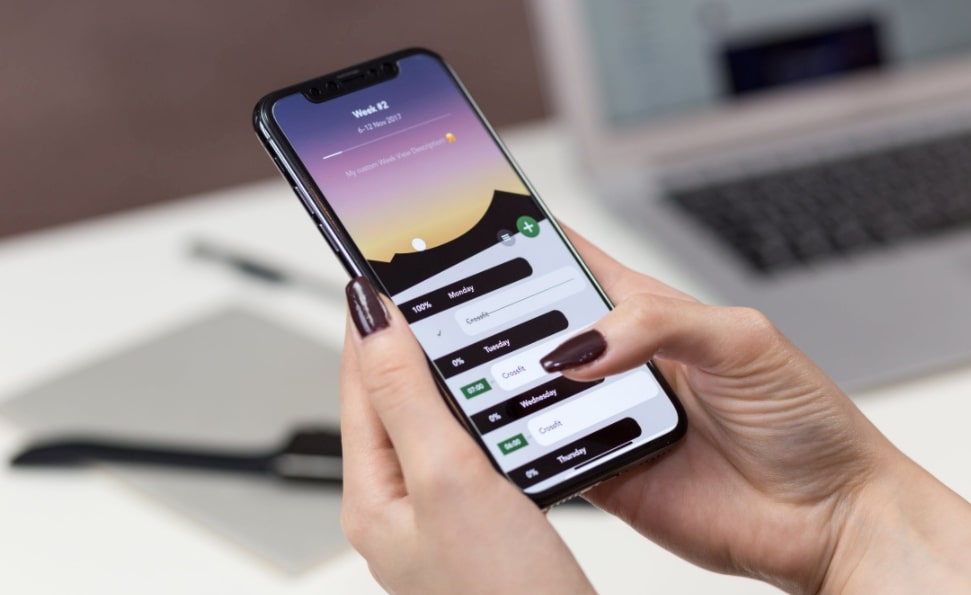Mobile App Testing 101 - A Perfect Guide for Beginners
- Created at:
- Updated at:
Mobile apps are ruling the world, and they will continue to years to come because they offer convenience in handling daily tasks. Smartphone users download apps for making to-do lists, shopping online for apparel and gadgets, buying groceries, or connecting with friends and family. With that said, people will only be interested in functional and appealing apps which some businesses fail to provide.
A slow app after months of product designing, development, and deployment is an app that’s bound to fail. Users turn away from apps that lag or have a horrible UI/UX design. So, how can you make sure your app isn’t in the bad books of people? You test it, and then test it some more. Mobile app testing and quality assurance is a crucial stage in the software development lifecycle because it’s what makes and break an app. The testing phase determines the success of the app, and it should be involved in every stage of the app development. However, testing can be difficult because some businesses don’t know where to start.
Here are the ten steps you can follow to make a mobile app testing guide
The Nine-Step Guide for Mobile App Testing
Step 1: Planning
Before the testing process begins, it’s essential to know what hypothetical cases the developer will use to test the app. There is a combination of manual and automated tests that help the developer analyze the quality of the app. So, outline a testing process and then stick to it.
Step 2: Picking the Types of Tests
Depending on the mobile app, it’s essential to decide what tests are the best fit for your app. Various tests are done on every app: functionality, usability, compatibility, performance, and security.
Once you’ve made a list of tests that need to be done, the next step is to determine which target devices you’ll be running the tests. The test determines which devices support the app if an older OS version supports the app, most popular models for the target audience, etc.

Step 3: Preparing Test Cases
It’s essential to document the results from all the test cases that are conducted on the app. Each prepared document should have details of every feature and functionality to make the required changes. Other than functionality tests, determine the combination of manual and automated tests that need to be done.
Prepare the environment-based cases to run the tests for manual and automated test scripts. Use the results yielded from the tests to fulfill your project requirements.
Step 4: Manual and Automated Testing
Make a list of manual and automated tests and execute them together. You’ve already collaborated on a list of test scripts that should be used for the testing, now all you have to do is conduct them. Developers usually run manual tests first because they don’t require any investment. When you start manual testing, make sure to record the result of each in a Word file.
For automated tests, you need to pick the right tool. Here are a few pointers to consider when choosing a tool:
- Platform support – Find a tool that offers support for multiple devices and platforms. Test your app on Android and iOS first. Next, run the tests on programming languages like .NET, C#, Objective-C, Swift, etc.
- Wide range of Features – A convenient tool is the one that offers a wide variety of features that support the app and testing.
- Offers Reusable Tests – Pick a tool that lets you reuse the same tests as needed. The tests can be redone on the same app or new apps as needed.
Step 5: Usability and Beta Testing
People often assume that usability and beta testing are the same things. The test does present the same kind of app problems, but it’s better to do both.
- A Usability Test – Start with a usability test when you’re designing the app. The test will help the developer in analyzing the potential of each feature.
- A Beta Test – The beta test is done on the prototype of the mobile app when the product is developed. It determines how the users are interacting with the mobile app. The prototype is released to the users, and then the audience is asked for feedback. Next, the feedback is used to alter the app as per user requirement.

Step 6: Performance Testing
Performance testing is carried out to test the mobile app feature-by-feature that helps analyze and study the whole app. The test also determines how the app will perform under some instances and conditions. Set realistic benchmarks and then test the app to ensure they achieve those benchmarks.
Step 7: Security and Compliance Testing
Mobile apps have to meet many security guidelines before they’re available to the public. The security test depends on the features of the mobile app. However, there are basic security guidelines that every developer needs to follow:
- PCI DSS – Set the security requirements for the payment methods that you offer.
- HIPAA – Security standards for mobile healthcare apps that store sensitive data that can be used for identification purposes.
- FFIEC – Security guidelines for the financial and banking industries that have sensitive financial data.
Step 8: Device Testing
Here’s where the test scripts and test environments play a role. The test scripts are used to run tests on various devices, models, operating system versions, screen sizes, etc. The testing is done on cloud-based or physical devices with tools.
Step 9: Test Summary Report
The test summary report is drafted and presented at the end of the testing phase. It has all the information that is gathered during testing. It has details like:
- Results yielded from the tests.
- The effect of the tests on the mobile app.
- Data gathered hat revealed from the test scripts.
- Details of each test that was conducted and the time each test took.
The test summary report also indicates which devices and operating system version the mobile app is suitable for and if it meets the users’ expectations.
I am a tech geek who loves to explore new stuff.
Popular posts
-
Top 4 Examples of Great User Onboarding Design
- 0
- 0
-
Can Augmented Reality Help Augment Sales?
- 1
- 0
-
Blog ideas: Topics and examples to get you started
- 0
- 0
-
13 Best Employee Management Software Tools for Small Businesses
- 5
- 0
-
The 13 Best Writers Software and Writing Apps for 2020
- 3
- 1
-
SEMrush vs Ahrefs: Which SEO Tool Should You Use?
- 7
- 3
